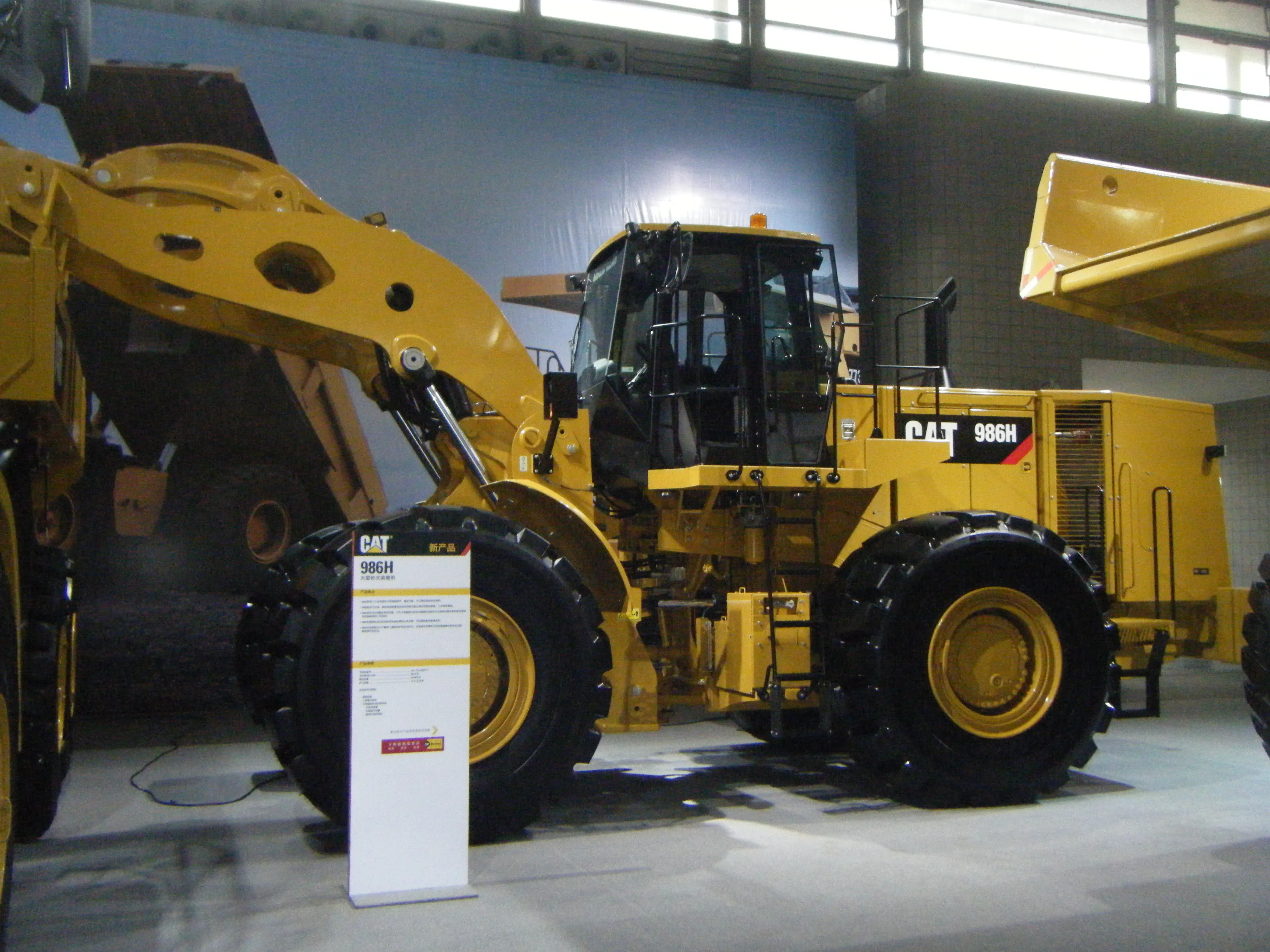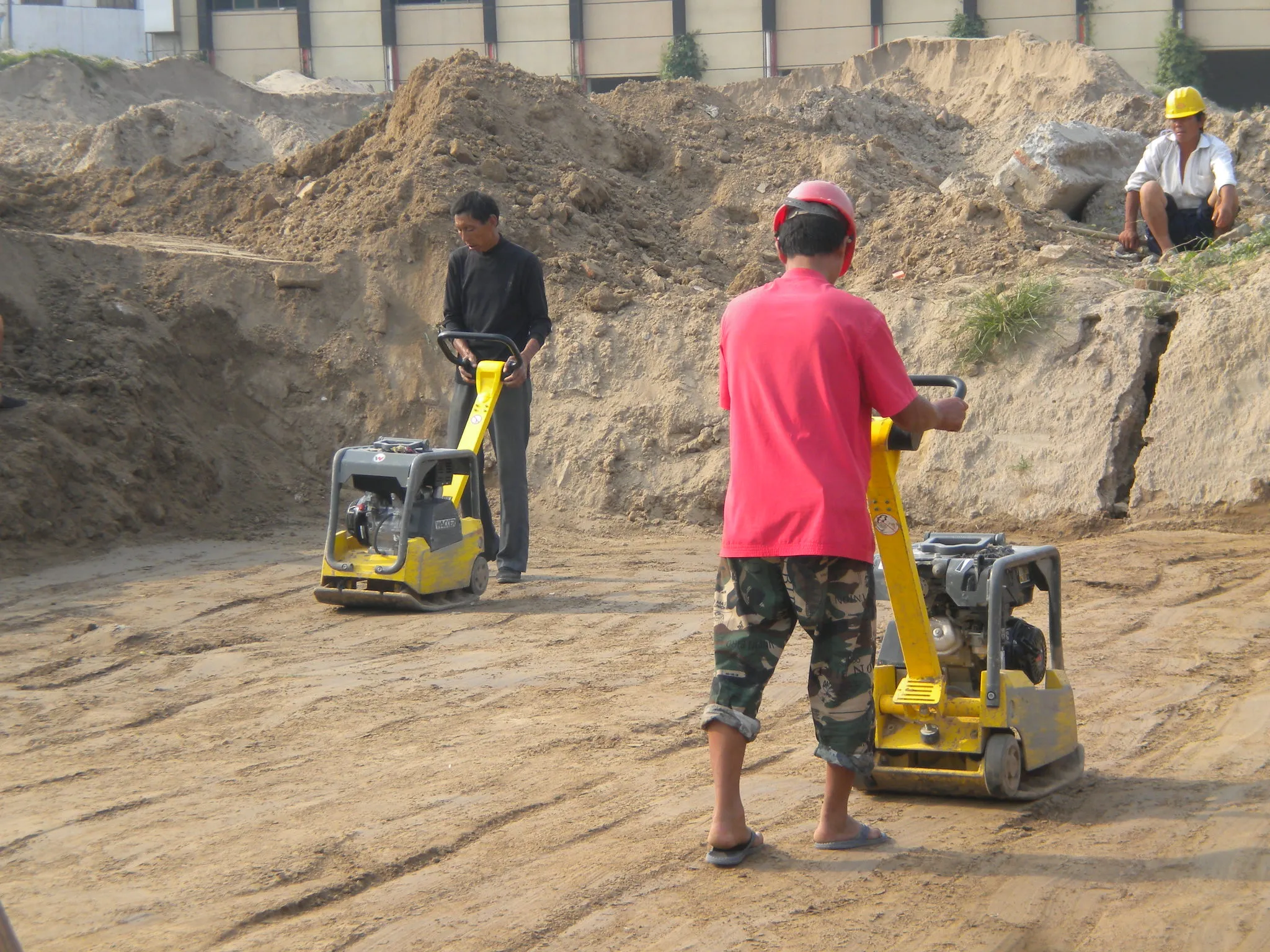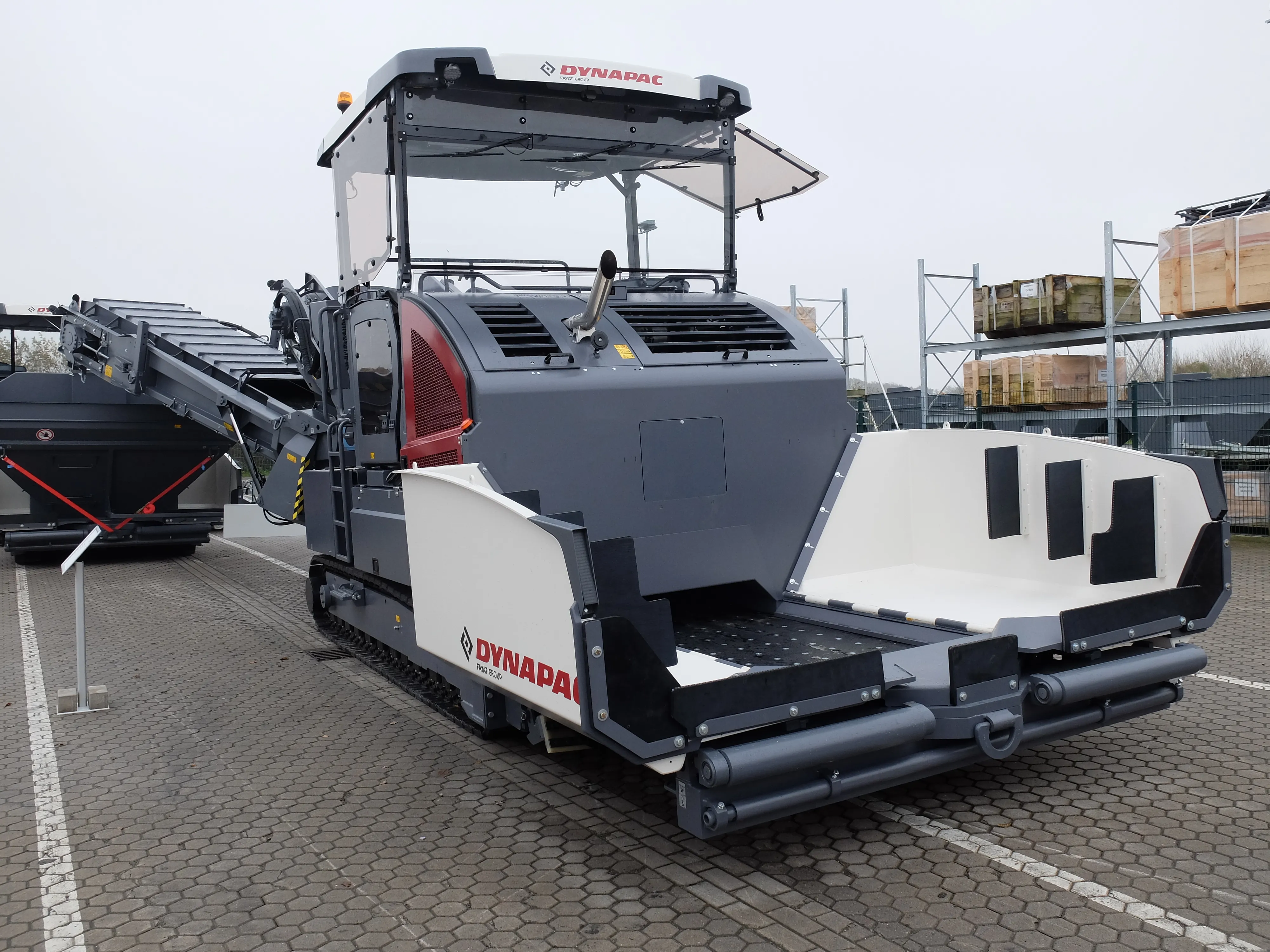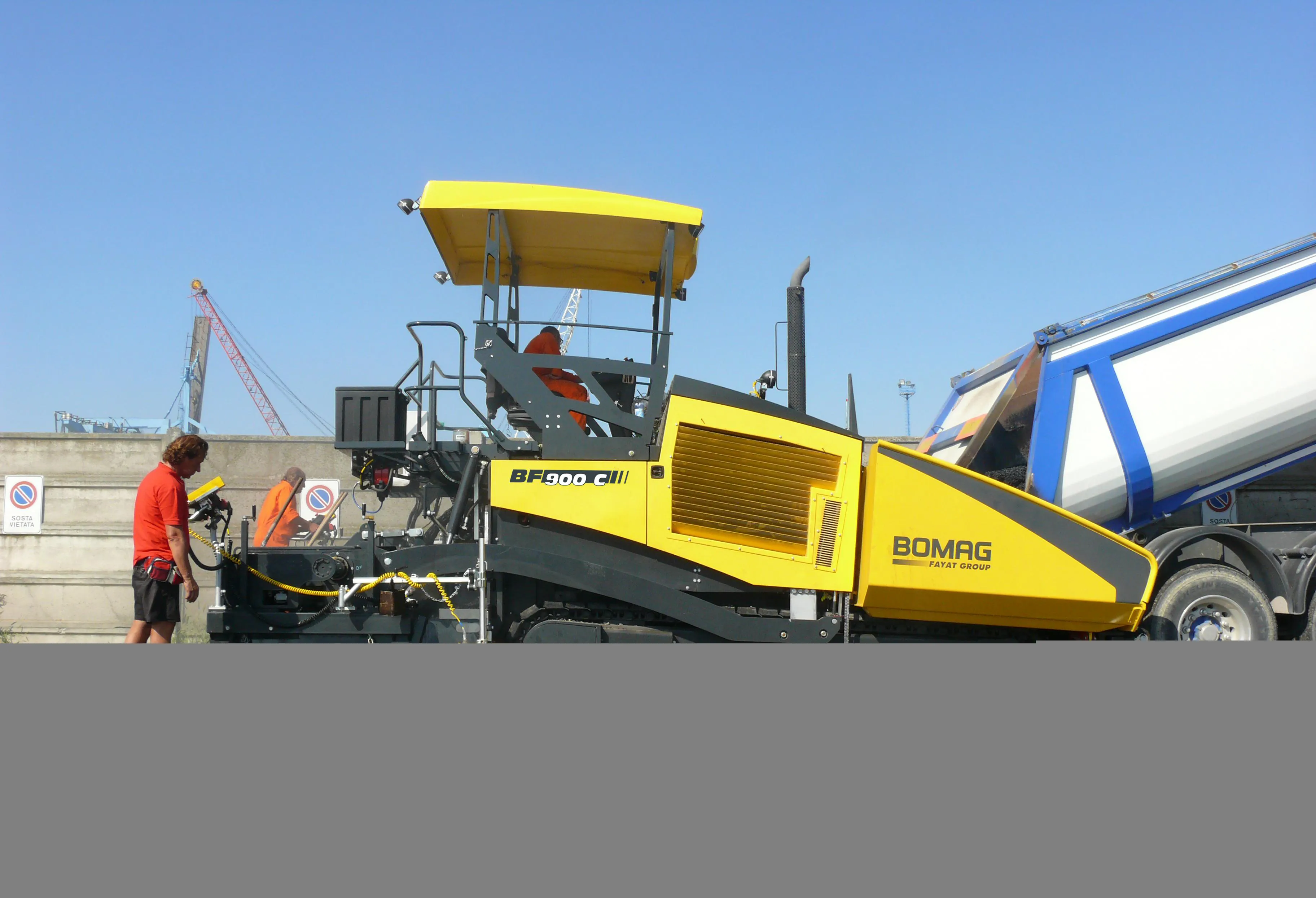China has long been an important market for Caterpillar, which first began operating in the country in the early 1970s following talks between China and the US. Its first equipment in China was for generators to power a communications system supplied to China by the US following the talks. The company also worked closely with LiuGong as part of a technology transfer agreement, which highlights Caterpillar’s focus on China. The global crisis has not been an easy time for any construction equipment manufactur
November 29, 2012
Read time: 4 mins

China has long been an important market for 178 Caterpillar, which first began operating in the country in the early 1970s following talks between China and the US. Its first equipment in China was for generators to power a communications system supplied to China by the US following the talks. The company also worked closely with 269 LiuGong as part of a technology transfer agreement, which highlights Caterpillar’s focus on China.
The global crisis has not been an easy time for any construction equipment manufacturer, but Caterpillar has been better placed than most. Managing the crisis has been challenging but has also been a learning experience and Ed Rapp, Caterpillar Group President Construction Industry joked, “It’s an experience everyone should have at least once.”
The reduced demand in China during this year has also been difficult but Rapp said, “I think the consolidation during 2012 in China is no bad thing. There is no doubt that the market overheated. In the long term, it will be good for the industry.”
Asia has become a very important market for Caterpillar, which has steadily built on its presence in the continent and Rapp said, “Today we’ve got about 1/3rd of our employees in Asia.”
In the long term, Rapp said that China’s prospects are very good and that it will lead to increased investment in infrastructure and a steady growth in economic conditions overall. “Urbanisation is occurring and if you look at the 12th 5 year plan, it is very focussed on improving the standard of living.” He added that the pace of this urbanisation process is incredible to western eyes, “They’re creating a new Chicago every 2-3 months.”
Rapp believes that new Chinese Government investment programmes during next year will help lift the economy and said, “We would see some improvement in 2012 compared with 2013, but we would see a modest improvement.”
He added that the Chinese Government has inflation under control and said, “We’re optimistic, as stability is a stated goal.”
Machines are of course a key part of Caterpillar’s operations and models such as the 986H wheeled loader, being launched at bauma China, have been developed with the demands of the Chinese market in mind. The company is also mindful of the fact that the Chinese Government is looking to improve its environmental profile and is keen to introduce tougher emissions standards in the future, which will bring the country in line with Europe and the US. At the moment, Tier 2 emissions standards are the norm for Chinese construction machines. But Rapp said, “They’ve done Tier 4 for on-road and they will transition to Tier 3 and Tier 4 for off-road machines.”
With the Tier 4 Interim technology now widespread and proven in Europe and the US, Chinese customers will be able to benefit from well-proven power systems.
Rapp also explained that Caterpillar appreciates that there are two distinct market segments in terms of customer base in China. Rapp explained, “The lifecycle segment is looking at the value of equipment over its lifecycle, and availability is what drives their business. In China in particular you have a customer base I call utility that is price driven. Uptime is not so important.”
This difference in market needs has resulted in Caterpillar, like a number of other international and local firms, offering different types of products. Customers can opt for the more expensive, but lifecycle orientated Caterpillar machines, or for the more cost conscious SEM products. In the long term this may change as customers appreciate the benefits of machine lifecycle costing and Rapp said, “As China grows and develops we will see a shift towards a focus on machine utilisation.”
There will be a tipping point at some time in the future, although how far away this will be is impossible to establish at this stage, and Rapp said, “Eventually we would migrate that product base into the Cat brand.”
Distribution of the SEM and Caterpillar machines is kept separate, although some dealers do carry both product lines. These are differentiated however and Rapp said, “You don’t want to confuse the product.”
The global crisis has not been an easy time for any construction equipment manufacturer, but Caterpillar has been better placed than most. Managing the crisis has been challenging but has also been a learning experience and Ed Rapp, Caterpillar Group President Construction Industry joked, “It’s an experience everyone should have at least once.”
The reduced demand in China during this year has also been difficult but Rapp said, “I think the consolidation during 2012 in China is no bad thing. There is no doubt that the market overheated. In the long term, it will be good for the industry.”
Asia has become a very important market for Caterpillar, which has steadily built on its presence in the continent and Rapp said, “Today we’ve got about 1/3rd of our employees in Asia.”
In the long term, Rapp said that China’s prospects are very good and that it will lead to increased investment in infrastructure and a steady growth in economic conditions overall. “Urbanisation is occurring and if you look at the 12th 5 year plan, it is very focussed on improving the standard of living.” He added that the pace of this urbanisation process is incredible to western eyes, “They’re creating a new Chicago every 2-3 months.”
Rapp believes that new Chinese Government investment programmes during next year will help lift the economy and said, “We would see some improvement in 2012 compared with 2013, but we would see a modest improvement.”
He added that the Chinese Government has inflation under control and said, “We’re optimistic, as stability is a stated goal.”
Machines are of course a key part of Caterpillar’s operations and models such as the 986H wheeled loader, being launched at bauma China, have been developed with the demands of the Chinese market in mind. The company is also mindful of the fact that the Chinese Government is looking to improve its environmental profile and is keen to introduce tougher emissions standards in the future, which will bring the country in line with Europe and the US. At the moment, Tier 2 emissions standards are the norm for Chinese construction machines. But Rapp said, “They’ve done Tier 4 for on-road and they will transition to Tier 3 and Tier 4 for off-road machines.”
With the Tier 4 Interim technology now widespread and proven in Europe and the US, Chinese customers will be able to benefit from well-proven power systems.
Rapp also explained that Caterpillar appreciates that there are two distinct market segments in terms of customer base in China. Rapp explained, “The lifecycle segment is looking at the value of equipment over its lifecycle, and availability is what drives their business. In China in particular you have a customer base I call utility that is price driven. Uptime is not so important.”
This difference in market needs has resulted in Caterpillar, like a number of other international and local firms, offering different types of products. Customers can opt for the more expensive, but lifecycle orientated Caterpillar machines, or for the more cost conscious SEM products. In the long term this may change as customers appreciate the benefits of machine lifecycle costing and Rapp said, “As China grows and develops we will see a shift towards a focus on machine utilisation.”
There will be a tipping point at some time in the future, although how far away this will be is impossible to establish at this stage, and Rapp said, “Eventually we would migrate that product base into the Cat brand.”
Distribution of the SEM and Caterpillar machines is kept separate, although some dealers do carry both product lines. These are differentiated however and Rapp said, “You don’t want to confuse the product.”
%$Linker:









